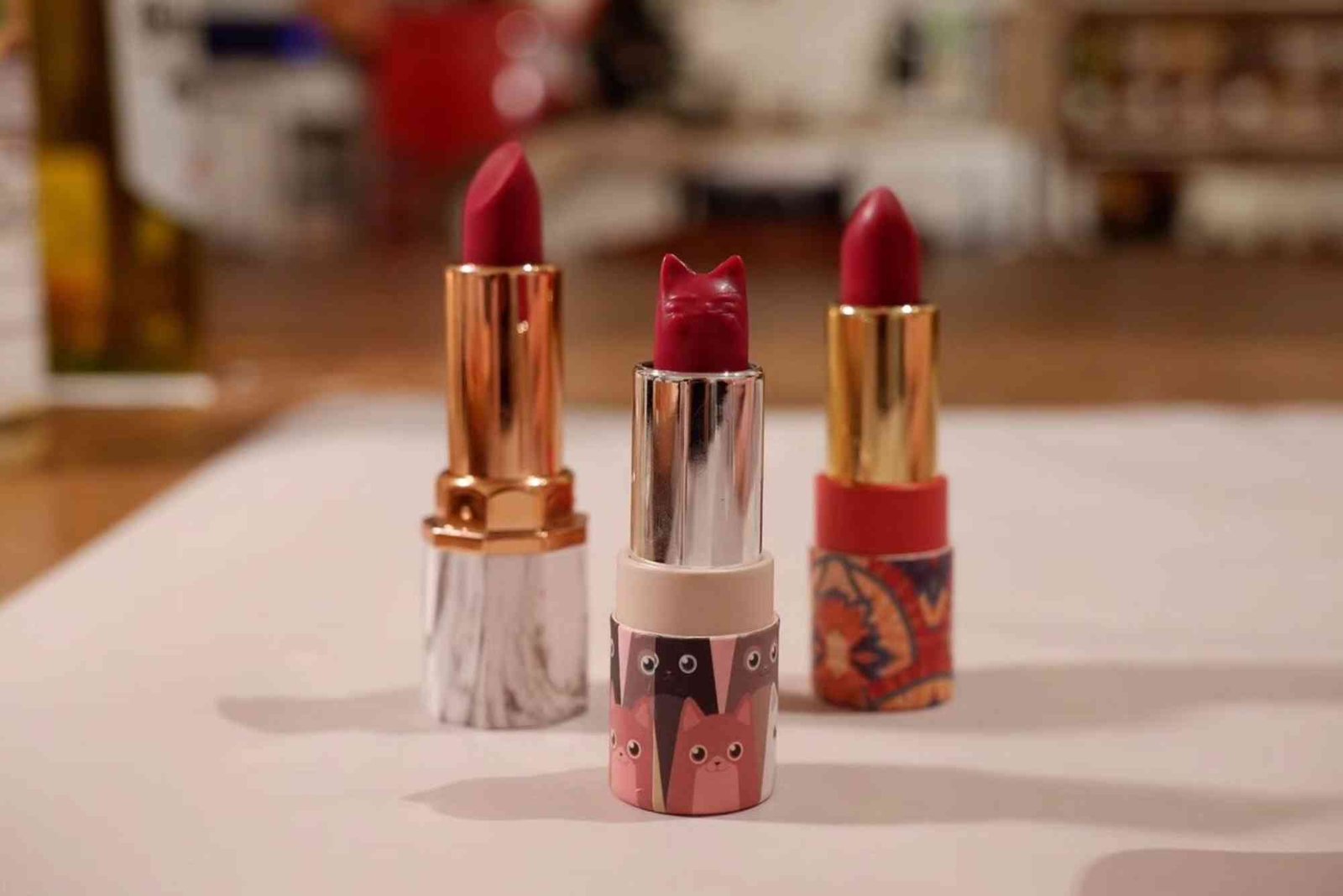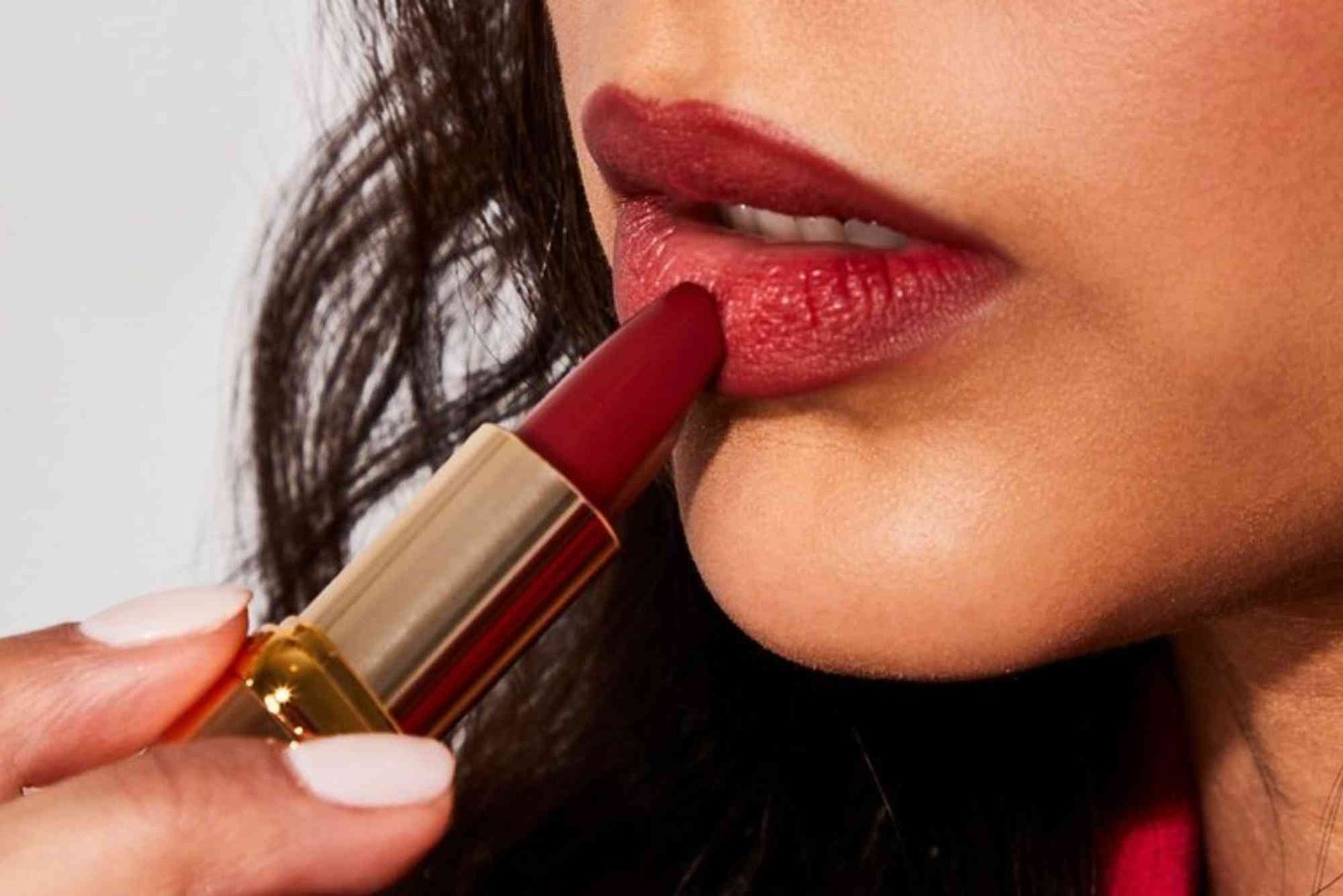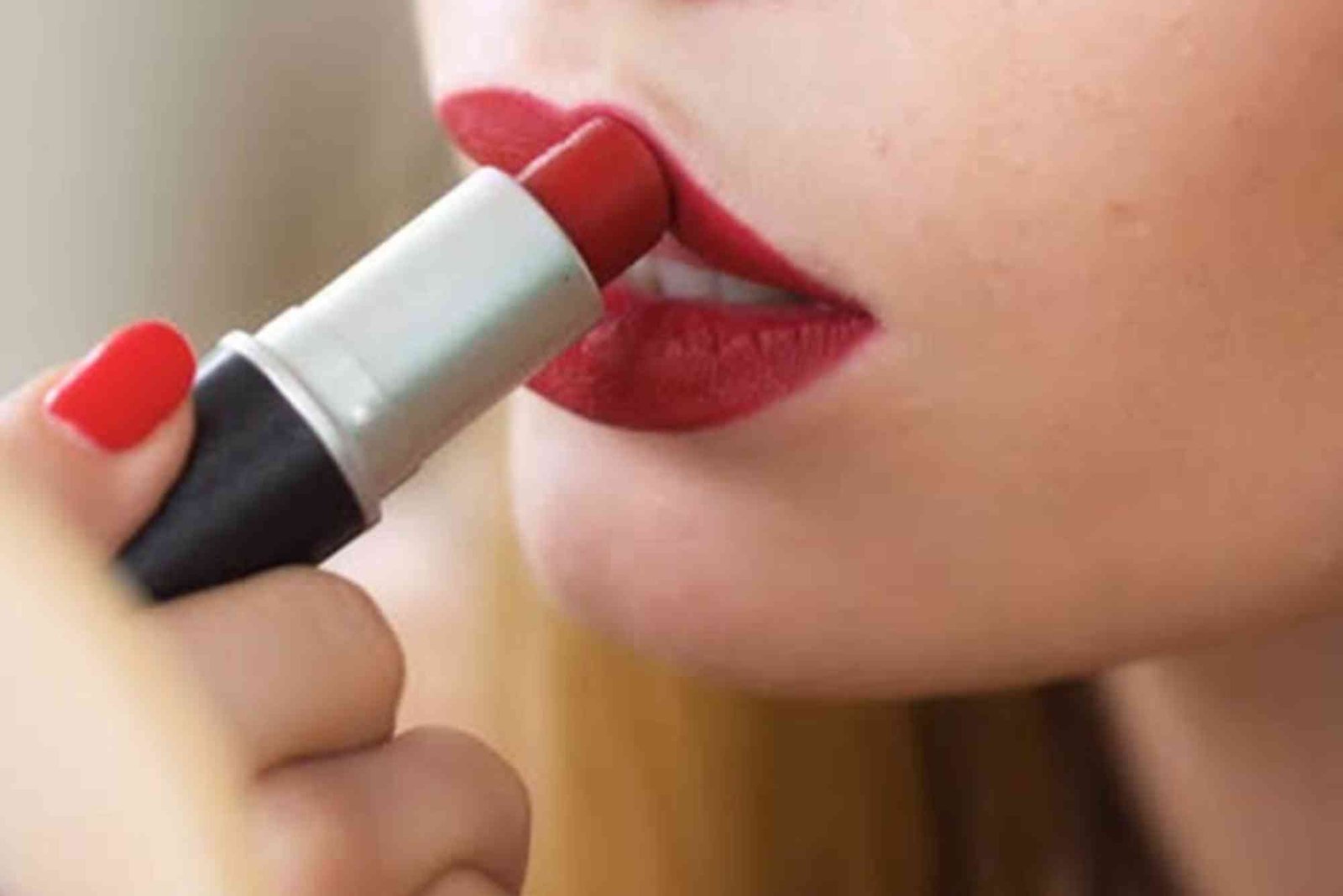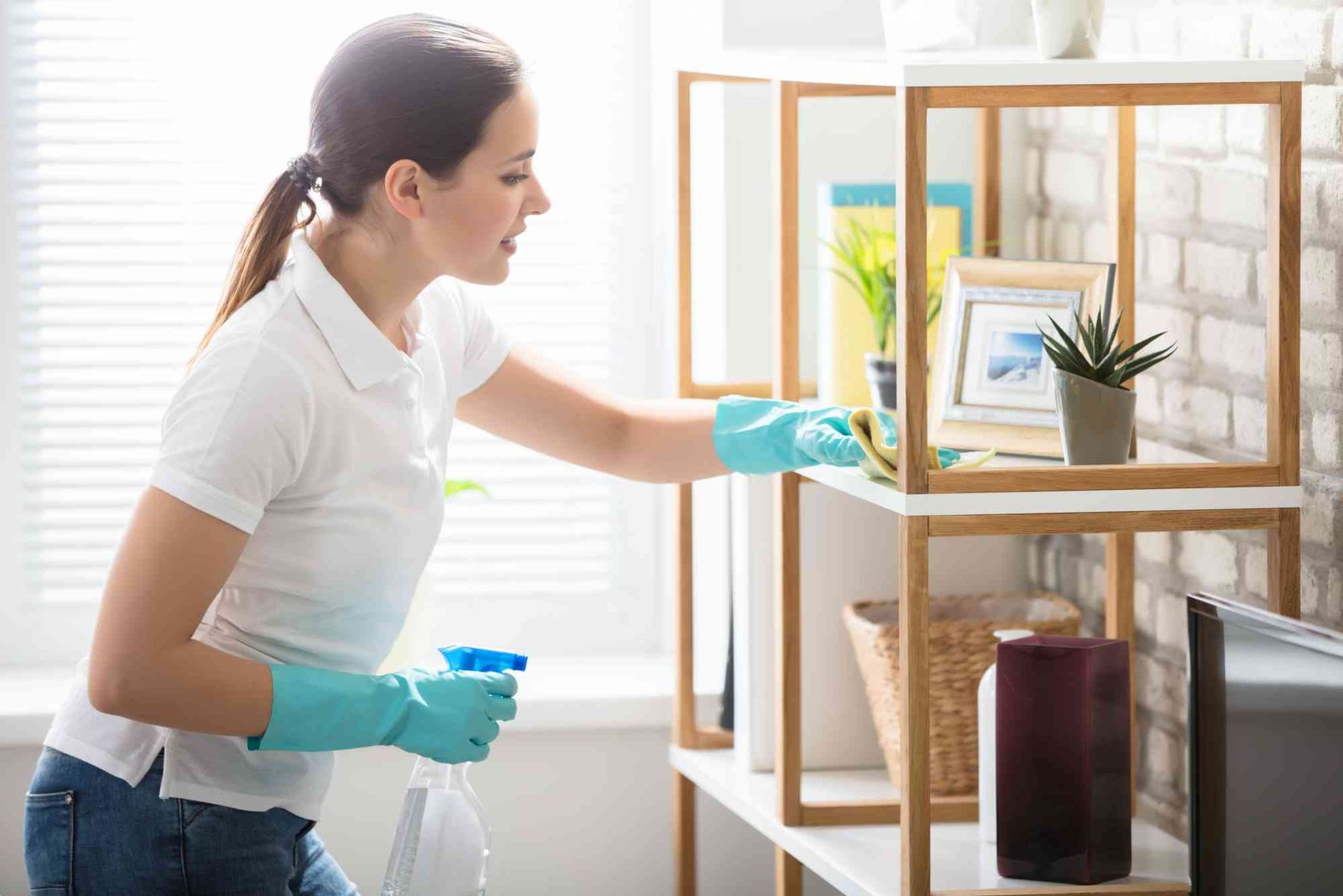Introduction
Lipstick is one of the most loved cosmetic products worldwide, adding color, confidence, and style to millions of faces every day. But an intriguing question often arises — Is Lipstick Edible? Many people wonder whether the lipstick they wear daily is safe to ingest, especially since a small amount inevitably ends up in the mouth. While lipstick enhances beauty, it’s essential to know what ingredients it contains, how much you might accidentally consume, and whether it poses any risks to your health. Understanding the safety aspects of lipstick will help you make more informed choices when purchasing and using your favorite shades.
Understanding Lipstick Composition
Lipsticks are made from a blend of waxes, oils, pigments, and emollients. These components combine to create a smooth texture, glossy finish, and lasting color. However, not all ingredients in lipstick are intended for ingestion. Common waxes like beeswax, carnauba wax, and candelilla wax give lipstick structure, while oils such as castor oil, lanolin, and mineral oil provide moisture. Pigments and dyes are added for color, and preservatives maintain product stability. While most of these ingredients are safe for skin application, they are not formulated to be eaten.
Some lipsticks contain trace amounts of heavy metals like lead, cadmium, or chromium, which can be concerning. Although the quantities are typically low and regulated by safety standards, long-term exposure, especially from frequent reapplication, can add up over time. That’s why it’s important to understand the safety implications of accidental ingestion.
How Much Lipstick Do You Actually Ingest?
Many people are surprised to learn that an average person may unintentionally ingest several milligrams of lipstick daily. Over a lifetime, this could amount to several pounds of lipstick consumed — though most of it passes harmlessly through the digestive system without being absorbed. Still, it raises an important question: should you be worried about it?
Experts agree that the tiny amounts of lipstick you might swallow from everyday wear are generally harmless, provided the product meets cosmetic safety regulations. However, deliberately eating lipstick or using low-quality, counterfeit products can increase the risk of ingesting unsafe substances.
The Science Behind Lipstick Safety
Regulatory bodies like the U.S. Food and Drug Administration (FDA) and the European Commission set strict standards for cosmetic safety. These agencies ensure that lipsticks on the market do not contain harmful levels of toxic substances. When you buy lipsticks from reputable brands, the chances of health issues due to ingestion are extremely low.
However, not all lipsticks are equal. Cheaper or counterfeit versions, often found online or in unverified stores, may contain unregulated ingredients that pose potential risks. These could include excessive heavy metals, synthetic dyes not approved for lip use, or harmful preservatives. Thus, always purchasing products from trusted brands and retailers is a wise choice.
What Happens If You Accidentally Eat Lipstick?
Accidentally eating a small amount of lipstick is not likely to cause any harm. Your body typically digests it just like any other non-toxic substance. However, frequent or large ingestion might lead to mild stomach discomfort, nausea, or, in rare cases, an allergic reaction if you’re sensitive to specific ingredients.
If a child accidentally eats lipstick, it’s still usually not a major concern, but monitoring for symptoms like vomiting or rash is important. In case of any unusual reaction, consult a healthcare professional.
Is Lipstick Edible — The Truth About “Natural” and “Organic” Lipsticks
With growing awareness about cosmetic safety, natural and organic lipsticks have become increasingly popular. These products often claim to be made from edible-grade ingredients like shea butter, cocoa butter, beeswax, and natural oils. While they are safer options, that doesn’t necessarily mean they are truly edible. Even natural ingredients can cause irritation or allergies when consumed in quantity.
However, organic lipsticks are typically free from synthetic chemicals and heavy metals, which makes them a better choice for individuals who want to minimize exposure to potentially harmful substances. When shopping, look for lipsticks labeled as “food-grade,” “non-toxic,” or “100% natural.” These certifications indicate higher safety standards and fewer chemical additives.
Practical Tips to Ensure Lipstick Safety
Choose Trusted Brands
Always buy lipsticks from reputable companies that comply with cosmetic safety standards. Trusted brands conduct rigorous testing to ensure their products are safe for daily use.
Read the Ingredients
Before purchasing, check the ingredient list carefully. Avoid products that contain parabens, phthalates, or synthetic dyes not approved for lip use. Opt for lipsticks with natural waxes, oils, and mineral-based pigments.
Avoid Sharing Lipsticks
Sharing lipsticks can transfer bacteria or viruses, increasing the risk of infections like cold sores. Keep your lipstick personal and hygienic.
Store Properly
Heat and sunlight can cause lipstick ingredients to degrade, affecting both color and safety. Store your lipsticks in a cool, dry place.
Replace Old Lipsticks
Most lipsticks have a shelf life of 12–24 months. Expired lipsticks can harbor bacteria or develop an unpleasant smell. Replace them regularly for your safety.
Avoid Applying on Broken Skin
If your lips are cracked or bleeding, avoid applying lipstick until healed. Open skin can allow chemicals to enter the bloodstream more easily.
Try DIY Lipsticks for Peace of Mind
If you’re worried about ingesting unknown chemicals, try making your own natural lipstick at home using food-grade ingredients like coconut oil, cocoa butter, and natural coloring agents. This way, you’ll know exactly what’s in your product.
Expert Advice on Lipstick Use
Beauty experts emphasize that while lipstick isn’t designed to be eaten, the minimal amounts that end up being ingested through normal use are generally safe. Dermatologists suggest using lip balms and moisturizers before applying lipstick to create a barrier that reduces direct contact between pigments and the lips. Nutritionists also point out that maintaining good hydration helps reduce lip dryness, minimizing the need for frequent reapplications.
Additionally, if you often lick your lips, consider using lip tints or matte formulas that are less transferable. These not only stay longer but also reduce the chance of ingestion.
For more insights, check the Is Lipstick Edible guide, which offers a detailed breakdown of ingredients and safety ratings across major brands. You can also find Is Lipstick Edible Details for additional safety comparisons and expert commentary. For lifestyle and fashion perspectives, you can Read more on www.vogue.com.
Debunking Common Myths About Lipstick Safety
Many misconceptions surround lipstick safety. Some believe all lipsticks contain dangerous levels of lead, but modern formulations use trace amounts well below toxic thresholds. Others think eating lipstick can cause serious health issues, which is largely untrue unless you ingest large amounts or use unregulated products. The key takeaway is moderation and awareness.
How to Identify Safe Lipsticks
Safe lipsticks are those that comply with cosmetic safety laws and feature transparency in labeling. Look for these signs:
-
FDA-approved or EU-certified ingredients
-
“Dermatologically tested” or “hypoallergenic” labels
-
Clear expiration date
-
Natural or mineral-based colorants
If a product doesn’t list ingredients or comes from an unknown brand, it’s best to avoid it.
Environment and Ethical Considerations
Beyond personal safety, lipstick production has environmental implications. Many brands now focus on sustainable packaging and cruelty-free formulations. Choosing eco-friendly and vegan lipsticks helps reduce your environmental footprint while ensuring no animal testing was involved. These products often use biodegradable waxes and plant-based pigments, making them safer for both you and the planet.
Can Lipstick Be Made Fully Edible?
While some brands experiment with food-grade lipsticks, creating a fully edible version that maintains traditional texture and durability remains challenging. Lipsticks need waxes and pigments that resist melting and fading, which most edible ingredients can’t achieve. However, natural beauty brands are continuously innovating, bringing safer, more sustainable products to market every year.
Stay Beautiful and Safe
So, is lipstick edible? The answer is: not exactly, but it’s generally safe to wear and even accidentally ingest in small amounts. Lipsticks are designed for external use, not consumption. Choosing high-quality, trusted brands, reading ingredient lists, and replacing expired products can help you stay both safe and stylish. If you want to take an extra step toward safety, explore natural or organic lipsticks that prioritize non-toxic, eco-friendly ingredients.
Lipstick will always remain a symbol of beauty and empowerment, but awareness ensures that your beauty choices are as safe as they are stunning. For more detailed insights and expert recommendations, visit Is Lipstick Edible to learn how to select the best lipsticks for your daily use.
Frequently Asked Questions
Is it safe to accidentally eat lipstick?
Yes, small amounts of lipstick ingested accidentally are generally safe. However, avoid deliberate consumption.
Does lipstick contain harmful chemicals?
Some lipsticks may contain trace metals or synthetic dyes, but reputable brands keep levels within safe limits.
Can you make edible lipstick at home?
Yes, you can create DIY lipsticks using food-grade ingredients like cocoa butter and natural colorants.
What happens if a child eats lipstick?
Usually, nothing serious. Monitor for any reactions, and contact a doctor if symptoms appear.
Which type of lipstick is the safest?
Organic, natural, or mineral-based lipsticks are the safest, as they use fewer chemicals and are non-toxic.















